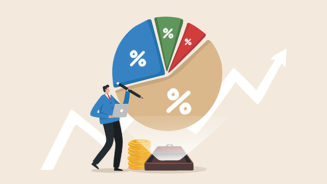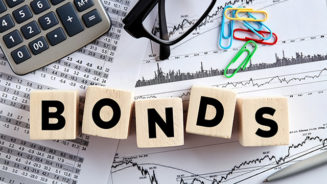“Investors have been selling equities and buying bonds all year, with bond funds adding $189bn (£144.9bn, €169.4bn) in assets year-to-date,” noted Aronov.
Within the bond space, money is flowing out of alternative credit and more non-traditional areas of the market, and into the lowest yielding, even negative yielding “high quality” areas, which is worrying for several reasons, in Aronov’s view.
“As the amount of negative yielding debt now exceeds $10trn globally, bonds increasingly cease to trade based on fundamentals, such as yield, and trade instead on what someone else might be willing to pay for them in the future,” explained Aronov.
For example, a Swiss government bond maturing in 2049 is currently trading at more than $130 above par (as of 25 July 2016).
“With premiums of this magnitude, bonds are effectively commodities, and investors are using the greater fool theory as an investing strategy,” she added.
Greater fool
The greater fool theory – the belief that someone else will always pay a higher price for the asset further down the line – is used extensively in commodities futures trading and was one of the pitfalls in Enron’s energy-trading strategy.
Aronov noted that Warren Buffet, the world’s most acclaimed investor, summed up the situation like this: “The problem with commodities is that you are betting on what someone else would pay for them in six months. The commodity itself isn’t going to do anything for you….”
And even bonds with nominal yields are “significantly negative” on a real basis as well, said the fund manager.
She pointed out that the 10-year US Treasury – currently trading at around 1.6% – seems attractive compared with the negative yields in Japan and parts of Europe, and even developed markets like Canada (1.1%), the UK (0.8%) or South Korea (1.4%).
However, adjusted for inflation, these yields range from -0.2% to -1.1%.
“From an institutional investor whose return target includes CPI to an individual who needs sufficient retirement income to cover spending needs, negative real yields create just as much of a conundrum as do negative nominal yields,” said Aronov.
“Furthermore, at a real yield of -0.8%, the 10-year US Treasury isn’t even the best house in what appears to be a very dangerous neighbourhood for investors,” she added.
With regards to central banks, Aronov believes they may have painted themselves into a corner and lost their ability to alter market rates in the wake of unprecedented quantitative easing.
“Only time will tell if central banks can find creative solutions in normalising interest rates without disastrous side effects such as a yield curve inversion,” she said. “One way or another, market forces will eventually prevail and return the income component to bonds. Until then, investors should consider diversifying into more flexible strategies with a much broader toolbox across traditional, alternative and private markets.”




